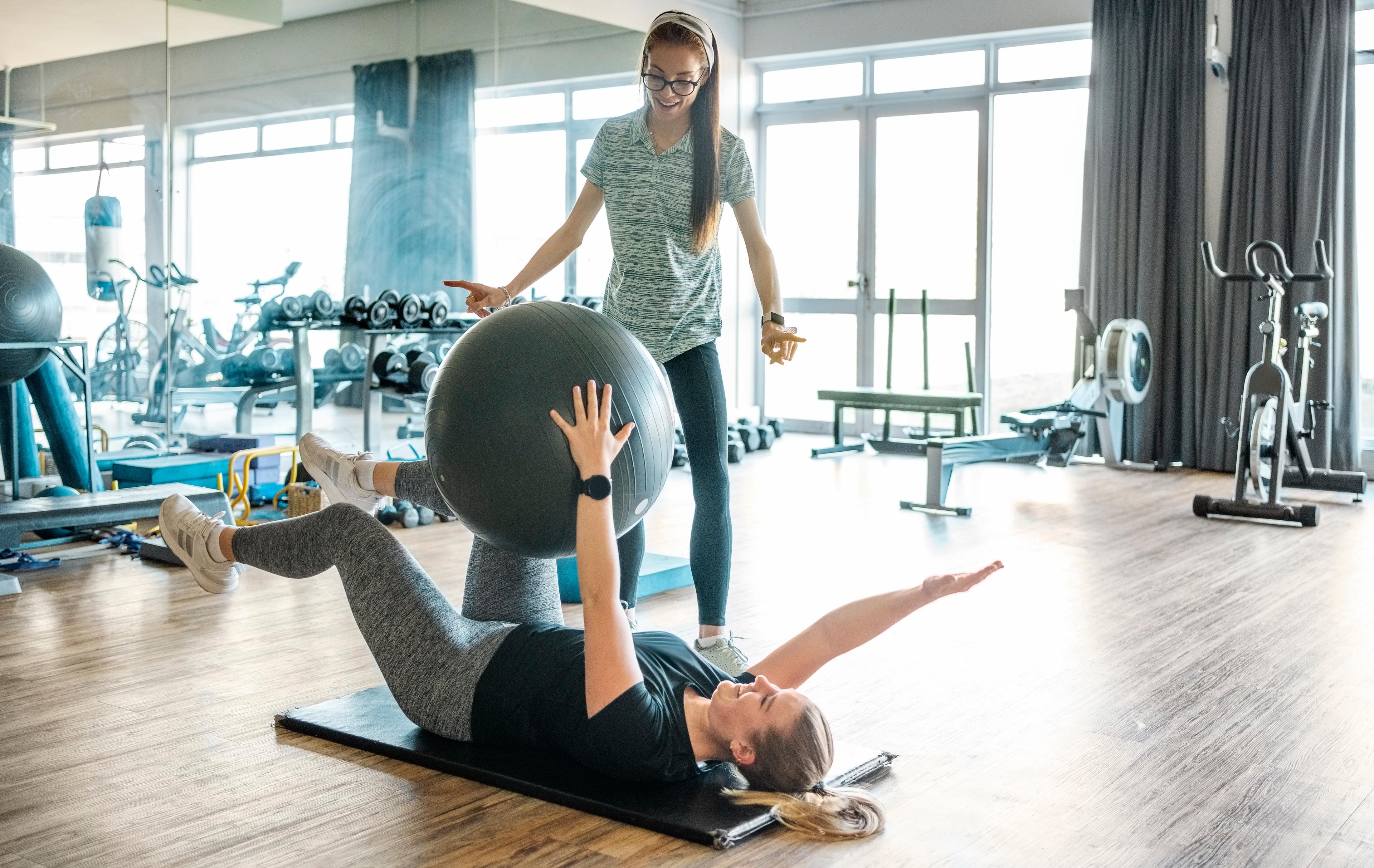Women’s Health: Workouts to Do on Your Period

Isabella Cannon
| 3 min read

It can be easy to ignore your workout goals when on your period, but the physical and mental benefits of exercise can help.
Although it feels counterintuitive, avoiding exercise isn’t going to save energy or make you feel better. In fact, sticking to a routine can ease some of the common symptoms such as cramps, headaches, back pain, and mood swings that accompany menstruation.
While it’s great to stay active during that time of the month, it’s also important to acknowledge your body’s hormonal state. Both progesterone and estrogen are at their lowest during the entire length of the period phase of the menstrual cycle, which can make you feel tired, less energetic, and prone to fatigue.
What are the benefits of working out on your period?
- Combat symptoms
- Enhance mood
- Increase circulation
- Provide temporary relief
Because exercise gives you a natural endorphin high, it can elevate your mood and actually make you feel better. Endorphins act as a natural painkiller; when they release during exercise, you may feel relief from uncomfortable periods.
The best exercises to do on your period
It is best to focus on gentle moments and exercises during the first few days of your period. According to the Cleveland Clinic, it’s important to vary your workouts during this week and reduce your exercise intensity. Here are a few ideas for exercises while on your period:
- Light walking
- Light cardio
- Short bouts of aerobic exercise
- Low volume strength training
- Power-based activities
- Yoga and Pilates
According to the National Library of Medicine, your lungs work better later in your cycle, so consider keeping that type of training for the end of your period.
Exercises to avoid on your period
One study found that 60 minutes of intense exercise during menstruation caused exercise-induced inflammation. In general, reduce training stress and volume when possible. Workouts to cut back-on include:
- Cardiovascular
- Endurance-training
- Heavy lifting
- Strenuous or prolonged exercises
Listen to your body
If you feel unusually fatigued, nauseous, or there is an increase in pain or discomfort, stop what you are doing and rest. Try a different workout or lower your intensity. Actively listen to what your body needs or can handle, it may vary each cycle.
Hydration
Hydration is key to experiencing less pain and fatigue when working out on your period.
While 8 cups of water daily has been a rough estimate of how much water the body needs, a 2021 study shows that staying hydrated is a primary component of menstrual health. After just one menstrual cycle, women who increased their water intake to 8.5 cups daily reported that they experienced significantly less menstrual cramp pain on first three days of their periods than women who continued to drink 7 cups or less.





